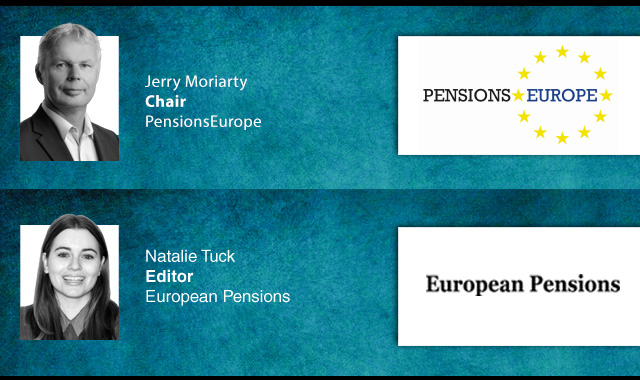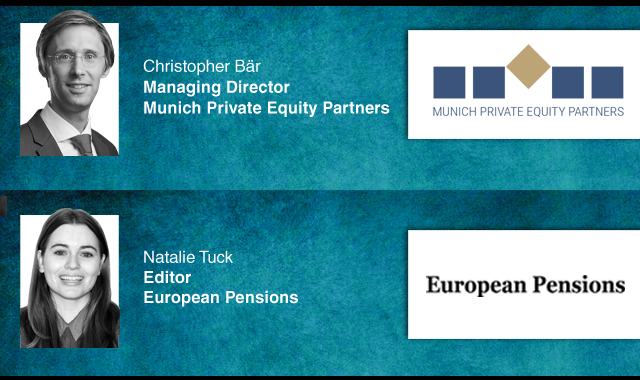The emerging market story is one of general positivity. No longer peripheral, these economies are beginning to form a significant portion of any investor’s portfolio, mainly as a result of rapid growth and industrialisation boosting returns. Indeed, according to the International Monetary Fund’s (IMF) latest World Economic Outlook report, growth forecasts for emerging and developing economies have been estimated at 5.4 per cent for 2012 compared to just 1.2 per cent for advanced economies. Institutional investors are thus beginning to ‘wake up’ to the opportunities on offer in these areas, most notably in Brazil, Russia, India and China (the BRICs), and are adapting their investment strategies in order to seek strong relative returns in emerging market assets. China and India are set to grow 8.2 per cent and 6.9 per cent respectively over the coming year and the demographic profiles of these countries will further add to the appeal for investors as they look to combat the economic turmoil and volatility that has engulfed financial markets since 2008.
So what aspects of emerging markets are particularly appealing to investors and how can a multi-asset approach ensure the greatest benefits? In a large majority of emerging market regions, a significant proportion of the population falls into the most productive age bands between 25 and 59 years of age. Reyl Asset Management CEO Thomas de Saint-Seine says: “The emergence of a middle class in these regions, particularly in China is essential as this group will be the main engine of an emerging market’s economy in the coming years. There is a difference in demographics between developed markets and emerging markets. If the population is younger it adds more growth to the under-lying economic pattern of the region.” In addition to this element, emerging markets are also appealing from a debt perspective and in terms of infrastructure potential. “If you compare levels of debt in emerging markets to the level seen in developed markets, the latter has huge amounts and therefore there is a need to deleverage. This is a long and unpleasant process,” adds De Saint-Seine.
Concerning infrastructure, the development of this asset class especially in India is still very weak and therefore there is still room for a great deal of growth for emerging markets in the coming years. Buck Global Investment Advisors head of investment manager research and selection Ciaran Mulligan highlights the huge potential in infrastructure but also some of the drawbacks attached it. “Infrastructure is a very sensible asset class for a pension fund to be investing in with regards to long term growth returns,” he comments. “The difficulty comes when talking about liquidity and the lack of liquidity within a direct infrastructure investment. When you get to a stage where final salary pension funds are closing to new accrual, and cash flow negative, locking up a large proportion of assets in a direct infrastructure investment can mean that unless you are looking to sell at very inopportune moments, you are actually locking that away for 15 to 20 years and for some clients that is an issue.”
Whilst some of the benefits of emerging markets have been emphasised, as with any investment strategy, there is a degree of risk inherent within the process. Generally, the risks that come with emerging market investments are foreign exchange rate risk, less liquidity and a level of political risk. However, by adopting a multi-asset approach combining currencies, equities, debt and commodities, an investor can diversify risk, capture additional alpha and lower governance burdens. For an asset class that offers close to 50 per cent of the world’s GDP “there is a more compelling case for active investment management in emerging markets”, says Charlemagne Capital’s Co-CIO Julian Mayo. Indeed, many experts argue that utilising an active approach, where an investor is unconstrained by a benchmark whilst at the same time implementing a multi-asset strategy can reduce the volatility of emerging market equities without sacrificing return potential.
There is however room for improvement surrounding emerging market equity investment. “A lot more investment portfolios should be looking to invest in emerging market equities. The average emerging market company actually has a higher return on equity than the average developed market company which belies the myth that emerging market companies are generally less profitable and less efficient in their overall use of capital,” Mayo emphasises. De Saint-Seine states that commodities and currency should also form part of an emerging market investment portfolio. “We have some exposure to emerging market currency and we think that most of the currencies of emerging markets will continue to rise versus the euro and the dollar. In terms of commodities, the majority of investors have an indirect exposure to this asset class just through the investment process itself in certain countries such as Brazil and Russia,” he says.
With the case of a multi-asset approach being put forward for successful emerging market investment, is there also scope for investment in frontier markets? Dragon Capital’s chief executive Dominic Scriven argues that frontier markets such as Vietnam are growing in popularity. “People are choosing to invest in these markets, because the emerging markets and most particularly the BRICs are quite a well developed story now. There is a feeling that these markets have matured, and people are looking at the ‘trickle down’ effect to the next level of investment. Increasing numbers of fund houses have formed specific frontier market funds. Historically, frontier was a sub-weighting in an emerging market’s portfolio but now it is breaking out into a separate sub-class itself.”
With Vietnam’s stock markets up 30 per cent this year, and Vietnam letting more foreign investment into its private sector, growth potential is clearly high. As with emerging markets, frontier markets have positive demographic trends that can help to sustain long-term growth thus highlighting the fact that investment in these regions is not for the short term. Africa is also on track to become one of the next major growth regions of the world despite political instability, military conflict and insufficient education systems hampering progress in some regions.
Over the coming years, therefore, improved governance in emerging markets and frontier markets and a strengthening of economies is most likely to occur, creating a plethora of investment opportunities for investors, including pension funds, to benefit from. A multi-asset and hands-on approach will be instrumental in dealing with extreme swings in market performance and to ensure healthy returns after the anaemic growth performances that have affected European economies over the last few years. With emerging markets continuing to outperform developed markets, the future is bright for many investors in these regions. Add increasing levels of frontier market investment awareness to the equation and the emergence of the Civets (Colombia, Indonesia, Vietnam, Egypt, Turkey and South Africa) as a huge growth driver, and suddenly the investment playing field looks an increasingly prosperous area to be involved in.
Latest News
-
Ireland's MyFutureFund goes live; occupational contribution rules introduced despite industry warnings
-
Dutch pension funds boosted by 13ppt rise to average funding ratio in 2025 – Aon
-
More young Danes saving for retirement as pension participation rises
-
PGGM transfers 5.8 million members to new Dutch pension system
-
‘Obvious opportunity’ to boost flexibility of Danish pension system – I&P Denmark
-
Looking back: A year in review
Podcast: Stepping up to the challenge

In the latest European Pensions podcast, Natalie Tuck talks to PensionsEurope chair, Jerry Moriarty, about his new role and the European pension policy agenda
Podcast: The benefits of private equity in pension fund portfolios

The outbreak of the Covid-19 pandemic, in which stock markets have seen increased volatility, combined with global low interest rates has led to alternative asset classes rising in popularity. Private equity is one of the top runners in this category, and for good reason.
In this podcast, Munich Private Equity Partners Managing Director, Christopher Bär, chats to European Pensions Editor, Natalie Tuck, about the benefits private equity investments can bring to pension fund portfolios and the best approach to take.
In this podcast, Munich Private Equity Partners Managing Director, Christopher Bär, chats to European Pensions Editor, Natalie Tuck, about the benefits private equity investments can bring to pension fund portfolios and the best approach to take.
Mitigating risk
BNP Paribas Asset Management’s head of pension solutions, Julien Halfon, discusses equity hedging with Laura Blows
© 2019 Perspective Publishing Privacy & Cookies







Recent Stories